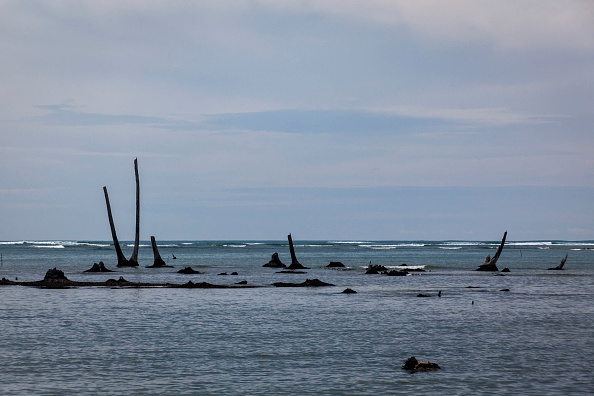
Humanity has been interested in the deep oceans as much as it has been curious about the universe. Since ancient times there have been efforts to discover what lies in the depths of the seas.
From experiments done by the Vikings surrounding depth and sea floor sediments to the first voyage to the bottom of the Challenger Deep in the 1960s, there have been a lot of strides in the field of deep sea exploration. Despite the developments in technology, statistics claim that man has only explored 5% of its waters. Thankfully, a new robot was recently unveiled and it seems like it would foster further exploration of the Earth's 70%.
Last month, scientists from Baruch college published a paper detailing their new innovation dubbed as "Squishy Fingers." True to its name, the new remotely operated robot is designed with softer appendages that can handle and take samples of corals without destroying them.
"If we're going to go down and study these systems, then we should be as gentle as we possibly can" explained David Gruber co-creator of "Squishy Fingers."
Previously, oceanologists used remotely operated vehicles or ROVs designed for the oil and gas industries. The ROVs were bulky and more often than not they are incapable of taking samples of tinier organisms.
Gruber has since explained the importance of the new innovation and according to the scientists "Squishy Fingers" is integral to classifying new species. He explains that while images of these animals are important, it is a whole different experience to be able to study a real specimen.
"It's one thing to just see them, but you can't identify a new species just by looking at it or just by taking a new picture. Sometimes you need to take one sample, or even get things like a vein biopsy sample in order to sequence its genome"
